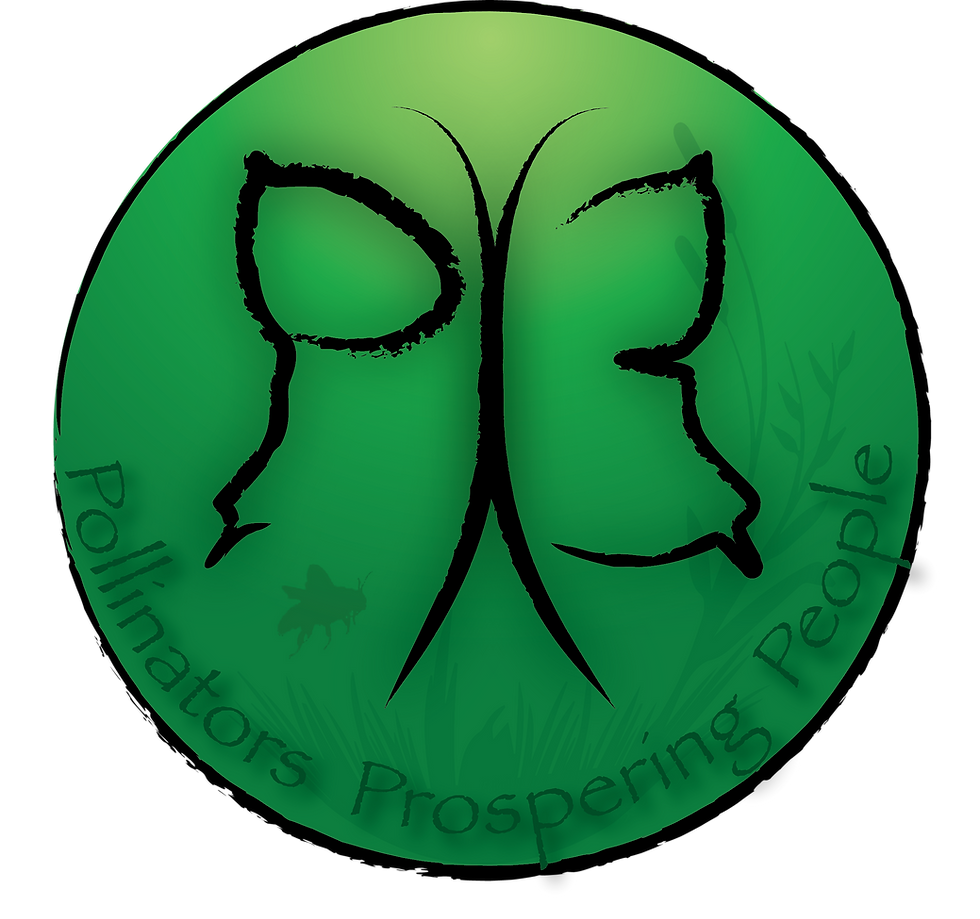Seasons of a Pollinators Life
- PX3 Team

- May 4, 2019
- 3 min read
Updated: May 13, 2019
M. Fegler
Welcome first time visitors and returning readers. PX3 hopes to see all of you at Calvert Brewing Company Trivia Night on May 15, 2019 from 7 pm - 9 pm. Get to know PX3 members, have a great craft brew, win prizes with your keen trivia skills. PX3 Trivia will consist of three categories: Maryland Native Bees, the Honey Bee, & Your Garden Potential. Join us and test your knowledge, learn fun facts and have some really good beer. For the first 15 days of May 2019 PX3 will post blogs that we will then draw trivia questions from. We welcome you to visit daily and take a look! Thanks to Calvert Brewing Company for partnering with us for this fun event.
Today we will address what plants are the best species to bolster ‘human yummie islands’ with ‘foraging islands’ aka ‘pollinator yummie islands’. Having blooming native species is always a best practice when you are hoping for native species. If you have ever been to a wedding outside of your own culture’s OR a sporting event party with a hodgepodge of junk food, then you know how pollinators feel about many unflavorful, unfamiliar, dry, stomach ache causing cultivars. Some are pure junk food; cough, cough...butterfly bush….or they are not palatable, useful or any number of reasons why native pollinators OR even the honey bee want any part of visiting that plant. Unlike humans who will indulge often in food that will make us miserable later, pollinators will simply go look for better habitat. PX3 has a host of resources with more detailed descriptions of what and where you can find your perfect collection of pollinator species. In this post I will discuss a few favorites for each blooming season. Forsythia has a cousin; don’t we all….that is a favorite native species called Spicebush. Spicebush, unlike it’s cousin, has flowers and leaves that in early spring are delicious in salads and can be used as marinades OR even stems that make great shish kabob skewers. Be sure to leave plenty for our pollinating friends. Trees and shrubs in general from the red maple to the redbud are favorites of our native bees in early spring.
A stigma of the plant world is to be referred to as a ‘weed’; how dare you sir! It is like referring to a child as ‘bad’ OR ‘stupid’ and totally unfair. Granted the ‘weed’ or plant out of place, tends to be loudly prolific, takes over, shades out, and is overbearing like your old auntie Cheryl. These ‘weeds’ aka...dandelions, dead nettle, gill of the ground, clover etc… are extraordinary early pollinator species and many, like the dandelion, are dynamic accumulators. Dynamic accumulators are often referred to as guild species due to their unique ability to draw macronutrients from deeper soil layers and then exude a more usable form of that nutrient to other plant species. These species are most excellent for soil health and the health of favored human species like the blueberry.
The latter spring and summer are much easier to populate and those species tend to have longer bloom times. Some favorites are any and all in the mint family including bee balm, lemon balm, mountain mint, and salvias. Beautiful coreopsis has many colorful twists out there, as well as some great shrubs like the sweetspire, summer sweet, button bush, baptistas, and willow. Maryland, do NOT forget your black eyed Susan’s! The rudbeckias, zinnias, lantana, and echinacea will bloom well into summer and have a wonderful variety of colors to compliment any aesthetic taste. Fall is not as complicated as most think. There are some beautiful late bloomers like the New England aster, goldenrod, and other nice annual choices that, though they ride the fence on ‘native’ or maybe even fall right off next to the fence, will keep your pollinators happy until the first solid freeze. It is not always a popular opinion of mine but I do love to supplement my fall space with marigolds and Mexican sunflower (Tithonia). Enjoy, Explore, smell the flowers; if pollinators stuff their faces into them they can’t smell all that bad ;)
.png)




















Comments